
SEARCH
ARCHIVE

We raised the question in part 1 of our post of whether there are universal standards of beauty and whether these standards can span ethnic and cultural divides? We believe so.
The images above belong to actresses in different parts of the world, who are famous in their respective countries and are generally regarded as being beautiful: Scarlett Johansson and Natalie Portman from USA, Zhang Zi Yi from China, Keiko Kitagawa from Japan and Park Min Young from Korea. Despite their diverse ethnic backgrounds, their beauty is universally acknowledged.
One of the major deterrents in determining the features of an attractive face lies in the widespread belief that standards of attractiveness are learned gradually through exposure to culturally presented ideals (e.g. through the advertising and media) and this has also led to a general belief that cultures vary dramatically in what they perceive to be attractive. If this were true, it would mean that attractiveness is arbitrary and what is beautiful now could, in a different time or place, be considered unattractive. We will explore some of the evidence presented by the experts during the Allergan Medical Institute meeting in London and will share with you some of our own experiences from our background in art.
In scientific studies using eye-tracking technologies, it was found that when babies as young as three months were presented with photos of faces, they fixate on faces that are deemed more beautiful by adults for substantially longer periods of time. Babies in this age group have not begun the process of socialization yet and they are certainly not subjected to the whims of culture and fashion. This is one of the pieces of strong evidence that the ability to perceive attractiveness and our preference for the visually appealing may be hardwired into our brain.
When you go round a room and ask people who they think is beautiful, they will come up with a range of answers usually including famous actors and models. Although people may argue about whom they think is the most beautiful, evidence suggests that there are more things that we agree on than disagree on. Experiments designed to measure attractiveness usually involve showing a series of images of human faces and asking subjects to rate their visual appeal. Surprisingly, people from a variety of different ages, races and cultures agree on what is and isn’t beautiful. When photos of faces of different ethnicities were shown to subjects from different ethnic groups around the world, the subjects’ preference were surprisingly similar and there is strong agreement between different ethnic and cultural groups.
In a large research project on facial attractiveness at several German universities, digitally composed faces were created using a specialised software algorithm based on people’s perception of beauty. Using a 7-point Likert scale from 1 (very unattractive) to 7 (very attractive), results proved that most people, regardless of ethnicity, seem to have similar subjective ideas about what constitutes an attractive face. The studied subjects all picked the two photos on the right as being more attractive. This process was repeated many times at conferences and meetings worldwide and audiences gave identical responses.
About twenty years ago, a popular concept of ‘averageness’ being beautiful started to emerge. This was based on a technique first used by Sir Francis Galton (a cousin of Sir Charles Darwin) in the nineteenth century, where multiple portraits of individuals were overlaid on each other to produce a composite image of an ‘averaged’ face. Of course this averaging is done by computer software nowadays. This technique has been used in a number of research projects studying facial attractiveness. From the result of these studies, it was evident that composite portraits were perceived to be more attractive than the individual constituent images.
The first image is the composite image and the other five images are the individual portraits. The composite portrait is regarded by most people to be more visually appealing
This was taken a step further in a project using an online tool hosted by experimental psychologists at the University of Glasgow where photos of women from ‘average’ composite portraits were derived from photos of many women from different countries.
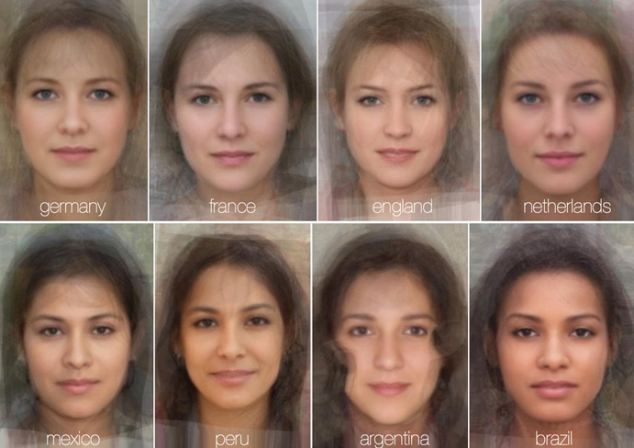

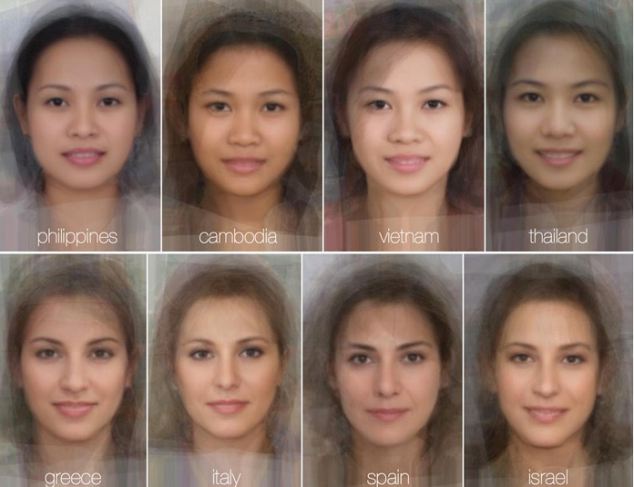
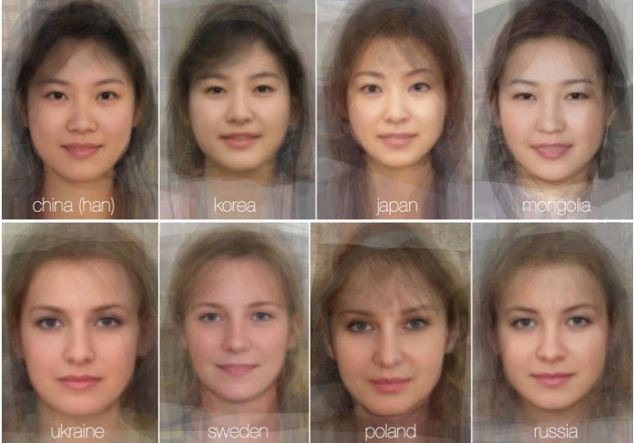
What is striking from this experiment is how attractive the ‘average’ faces are from all the countries. Perhaps being described as ‘average looking’ is a compliment after all!
To test this theory further, Perrett et al (1994) compared a composite portrait of 60 women against a composite image of the most attractive 15, and a hyper-attractive composite using the second composite portrait but with certain attractive features deliberately exaggerated. For the first composite image, it was indeed perceived to be more attractive than any of the 60 of the individual constituent portrait. The middle combined portrait which was a composite of the most attractive 15 faces, turned out to be unsurprisingly more attractive than the first composite drawn from the normal pool. Interestingly the hyper-attractive composite image was deemed to be the most attractive of the three. The fact that this manipulated composite image is the least mathematically ‘average’ of all the three images, as it is about deviating from the average provides significant evidence against the Averageness Hypothesis of facial attractiveness.
Facial symmetry has long been held up to be a virtue. Numerous studies over the past few decades have confirmed that the more symmetrical a face is, the more attractive it is perceived. Studies have also been done to evaluate to what extent perfect symmetry matters. One study made use of three images for individuals, the first image was the real portraits, and the other two consists of a composite image of either the right half of the face and its mirror image, or the left half of the face and its mirror image. In other words, the first image is asymmetrical but real, the other two images are symmetrical but manufactured. In most instances, the real unmanipulated image was deemed to be more attractive than its symmetrical but manipulated counterparts.
In the London meeting, the concept of a threshold of symmetry was raised. Everyone is to some extent asymmetrical. However, most of the time this asymmetry not noticed by us or people who are conversing with us, and therefore largely ‘invisible’. This made a lot of sense in the real world. When we treat a face, it is customary for us to begin on the ‘weak’ side. Many of our patients had not even noticed that they have a weak side until this is pointed out to them, whereas others are fixated on the smallest asymmetry. As it is not usually technically possible to give complete symmetry in our treatments, it helps to understand where this threshold of symmetry is so that we can achieve a good enough symmetry, which will still give an excellent aesthetic outcome.
Review of articles on the subject of facial beauty has identified 7 key facial features that we all seem to subconsciously assess when determining facial beauty. Drs Arthur Swift and Kent Remington from Canada call them the Magnificent Seven:
As these features have been demonstrated to be important determinants of beauty, the question arises as to whether there is anything that can be done to improve them. The answer is unequivocally yes. Four of these Magnificent Seven features (facial shape, eyebrow shape, nose, and lips) are amenable to contouring using dermal fillers and anti wrinkle injections. Two features (forehead height, eye size and intercanthal distance) are beyond the domain of injectable treatments. Skin clarity, texture, and colour can be markedly improved with topical agents, energy devices such as laser and radiofrequency treatment, as well as clever use of makeup; forehead height can be accentuated or camouflaged by hair style; and intercanthal distance can be disguised by creative shadowing when applying eye makeup.
When I (Bernard) was learning portraiture, I was shown many tricks in relation to how to draw facial proportions. It quickly became apparent to me that you can express the notion of beauty or the lack thereof with just a few pencil strokes. What is it that allows artist to convey this? I firmly believe that there is a mathematical basis to beauty. The Renaissance masters such as Leonardo Da Vinci understood this well and used it extensively in their work. It is the mathematic ratio of Phi, the golden ratio, also known as the divine proportion.
The Golden Ratio is a mathematical ratio of 1.618:1, and the number 1.618 is called Phi because it was regularly used by the Greek sculptor Phidias; Phi (upper case) is 1.6180339887., whereas phi (lower case) is 0.6180339887., the reciprocal of Phi and also Phi minus 1. This irrational number is the only one in mathematics that, when subtracted by units (1.0), yields its own reciprocal.
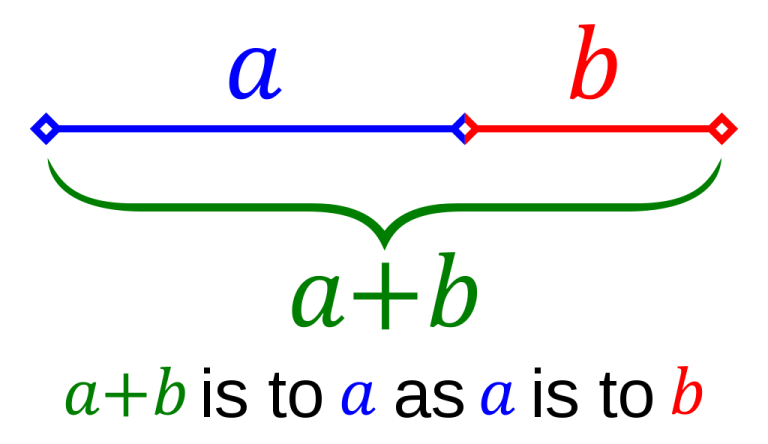
It is a number that keeps cropping up in nature, such as in the spiral of the Nautilius shell, the arrangement of flower petals, the spiral of galaxy, the lengths of finger bones. It has also been used extensive in art and architecture, Notre Dame cathedral in Paris, Parthenon in Athens, Stradivarius violin, Leonardo Da Vinci’s Vitruvian Man, the ‘bite’ in the Apple logo, etc.
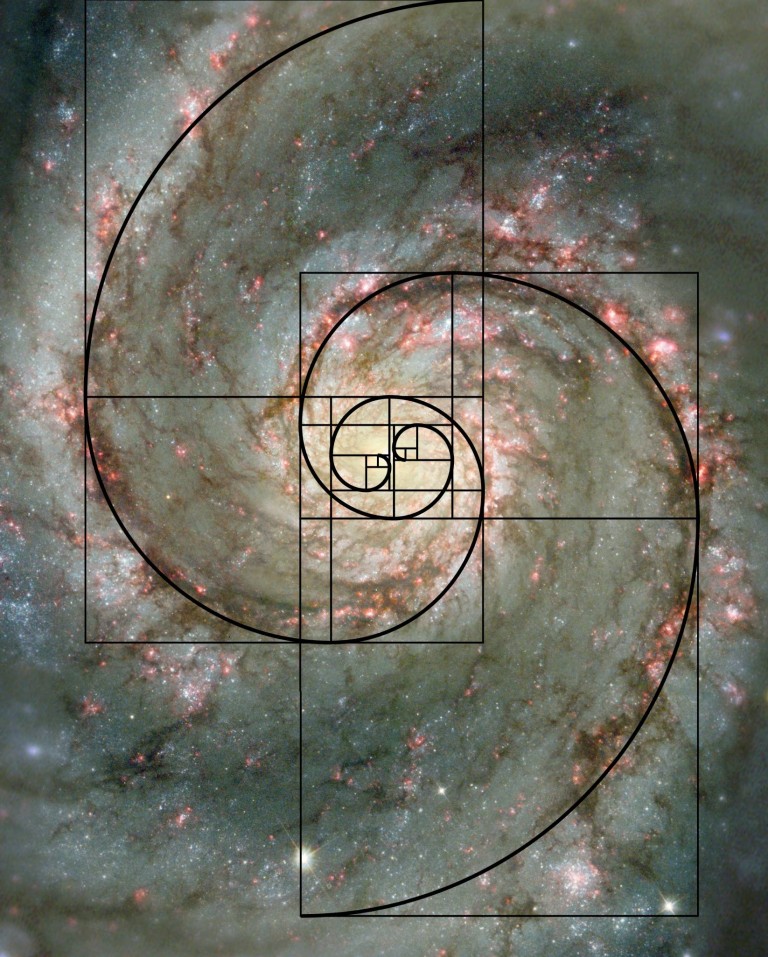
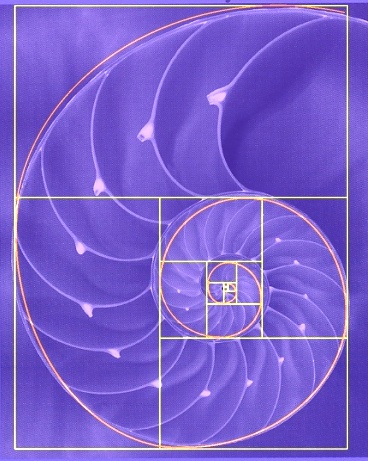

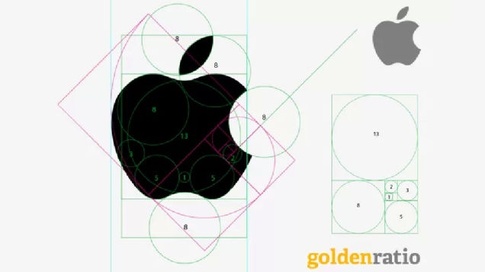

Dr Stephen Marquardt, a facial maxillary surgeon from California, who pioneered the use of the Marquardt’s mask. He analysed a large number of faces and conceived a mask based on the golden ratio that best fit the attractive faces. There were significant drawbacks to his theory in that different ethnicities are not so well catered for.
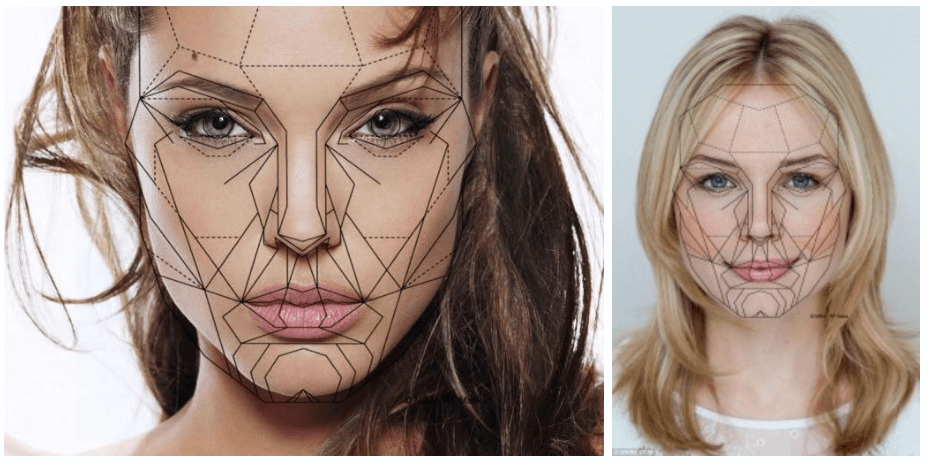
It was Dr Arthur Swift and Dr Ken Remington from Montreal who popularised the use of Phi as parameters for facial beauty. They used the medial canthus (inside of the eye) as the landmark and the ideal location and proportions of a number of facial features can be derived from it. Their theory certainly fits with my art training and we both use Phi extensively in our daily practice.

In summary, there is much scientific evidence that our ability to perceive beauty is hardwired into our brain and that there are universal standards of beauty that transcends culture and ethnicity. As cosmetic physicians, it is our imperative to not only aim for technical excellence but to use our artistic sensibility, in order to achieve the best results for our patients.
There is another major practical implication. Most patients come to see us for one or two issues that they have noticed and are focusing on. Whilst these issues are important, treating them alone with anti wrinkle injections and dermal fillers without taking into account the proportion of the entire face will almost certainly result in distortions that may be detrimental to the overall attractiveness. To achieve a natural-looking and aesthetically pleasing result, we analyse and treat the entire face in context.